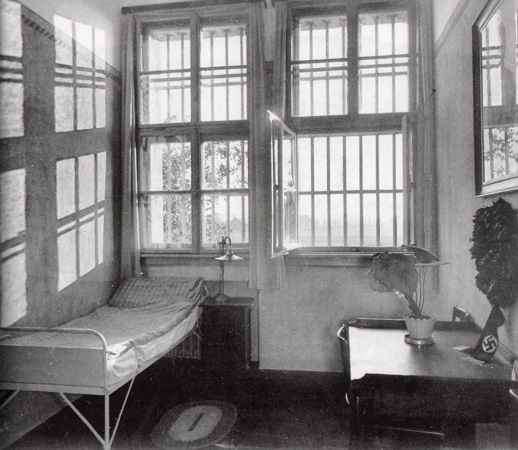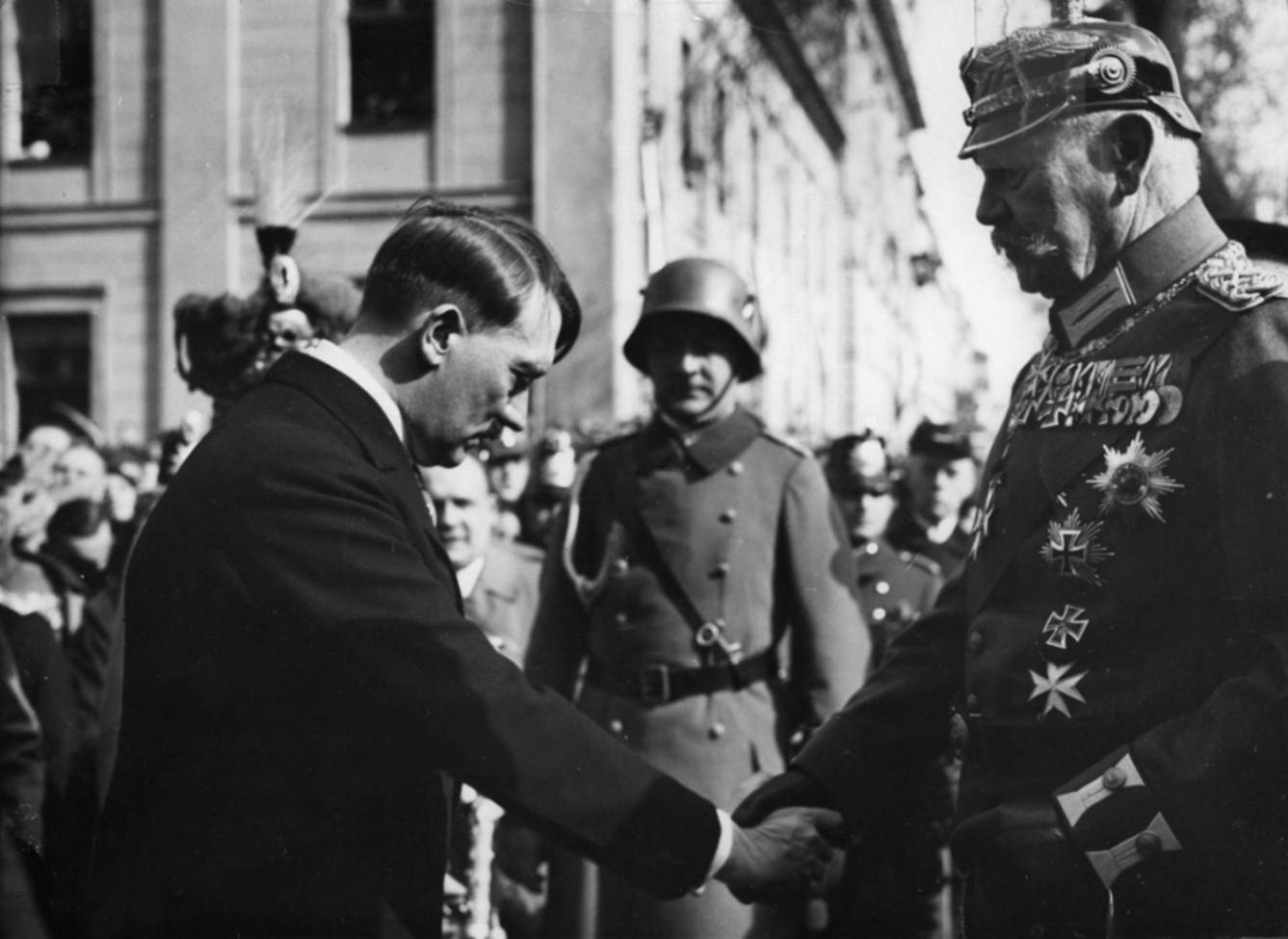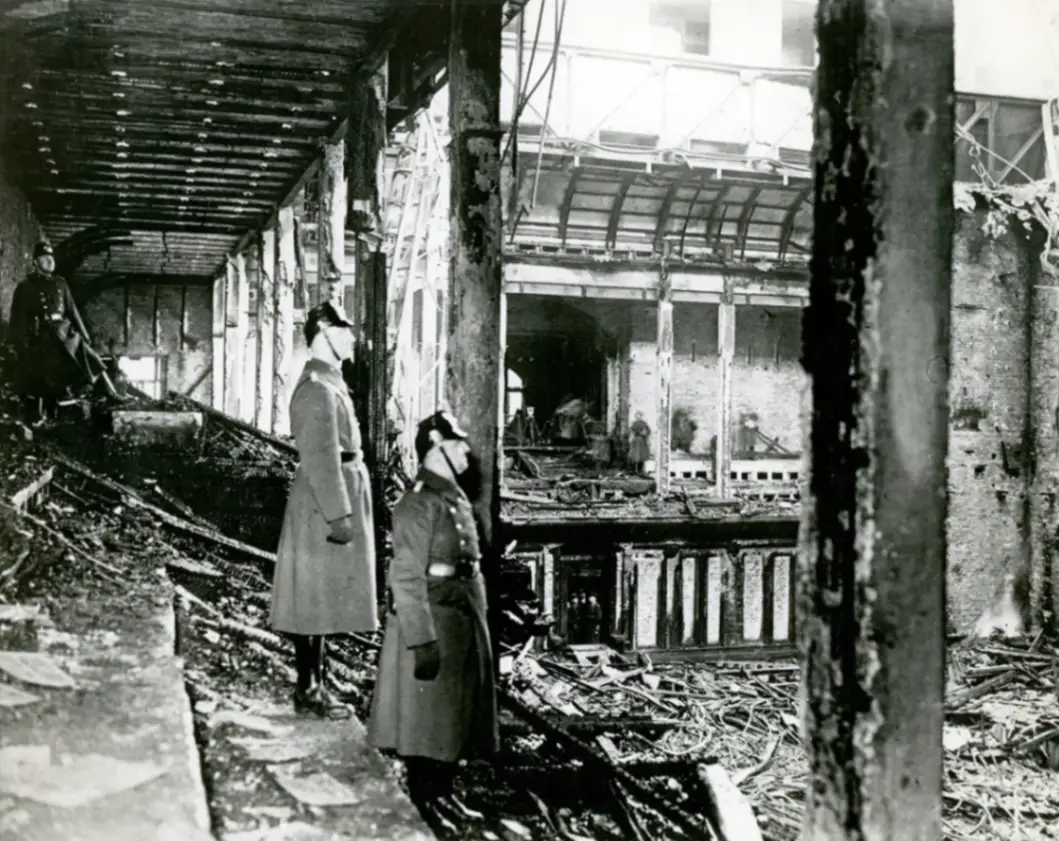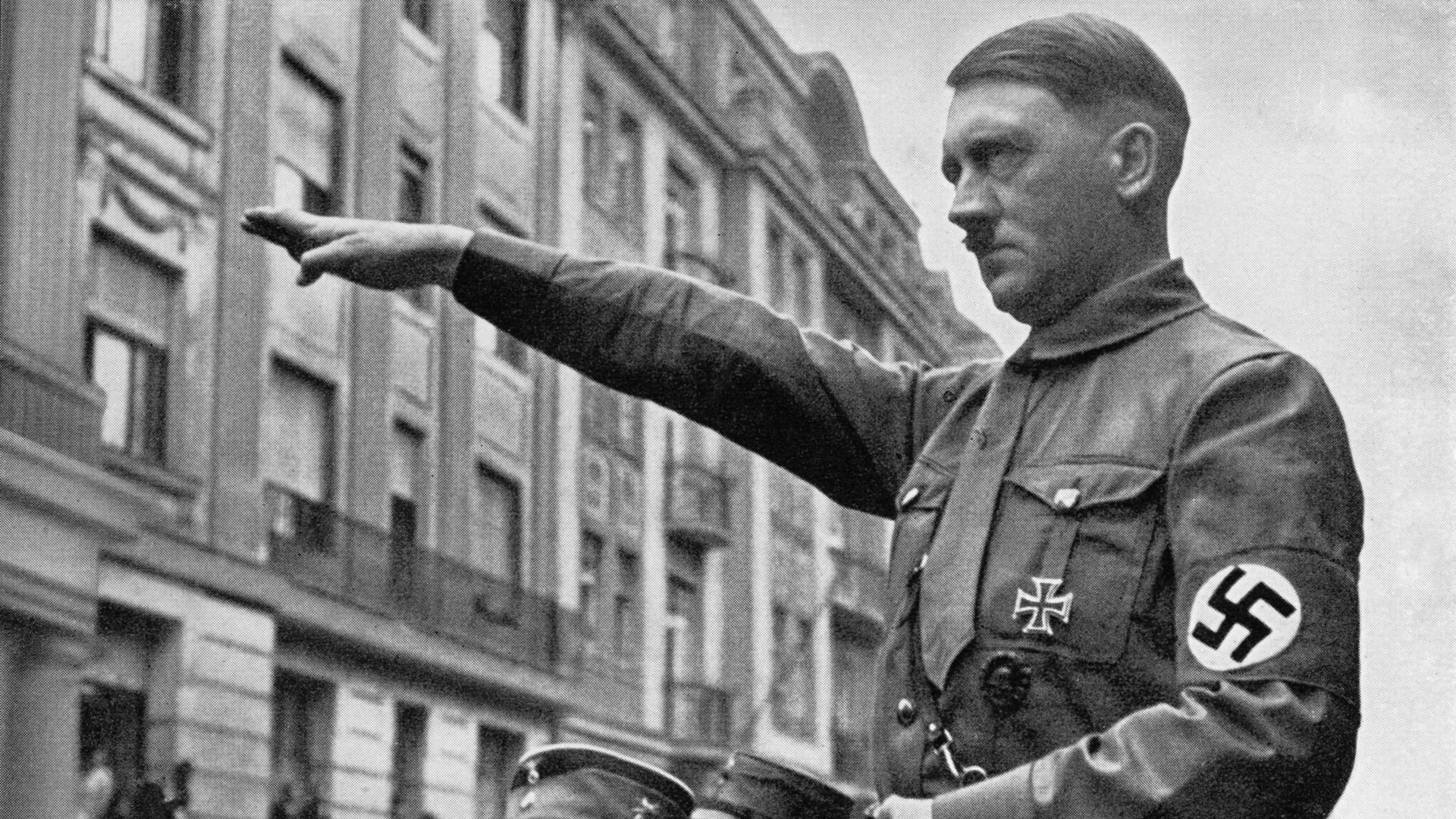After losing World War I, Germany was in a very tough spot. Germany had to pay heavy fines to the victors of the war and was left with a weak economy and a sense of national humiliation. The democratic government set up after the war, was struggling with economic problems and political instability.
Adolf Hitler was a German soldier during World War I. Later, he joined the German Workers’ Party, which later became the Nazi Party. Hitler had big plans for Germany. He dreamed of making Germany a powerful and pure Aryan nation. And he wanted absolute power in Germany to achieve his goals.
Failed Attempt to End Democracy
In 1922, Benito Mussolini in Italy marched to its capital city with his followers and forced the king to make him Prime Minister. This inspired Hitler to try something similar in Germany. In 1923, he and the Nazis attempted a coup in Munich. But it failed miserably, and Hitler was arrested and imprisoned.
Hitler’s cell at Landsberg Prison:

He was sentenced to five years but was released in December 1924 after serving just nine months. This early release allowed him to rethink his strategy. He realized that trying to seize power by force wouldn’t work. Winning the elections was the only way. But, the Nazi Party was too small to win elections. It gained only about 2.6% of the vote in the 1928 elections.
The Turning Point for the Nazis
In 1929, the US stock markets crashed. It caused economic chaos around the world. Germany’s economy which was already struggling, was hit hard by the Great Depression. Unemployment soared, and people were desperate for a solution.
Hitler was an excellent speaker. He could captivate audiences with his emotional and powerful speeches. He promised to restore Germany to its former glory, blaming the current problems on the Treaty of Versailles, the Jews, and the communists. His message resonated with many Germans who felt betrayed and hopeless.

As a result, the Nazi Party’s popularity skyrocketed. In the July 1932 elections, they received about 37% of the vote, becoming the largest party in the Reichstag (German parliament). Though they didn’t have a majority, their presence was significant. In January 1933, President Paul von Hindenburg appointed Hitler as Chancellor of Germany, believing he could be controlled and used to stabilize the government. However, once in power, Hitler moved quickly to consolidate his control.

Dictatorship
In February 1933, the Reichstag building was set on fire. Hitler used this event to push through the Reichstag Fire Decree, which suspended many civil rights and allowed the government to arrest political opponents. In March 1933, the Reichstag passed the Enabling Act, giving Hitler the power to enact laws without the parliament’s approval. This act effectively gave him dictatorial powers.
Burnt down Reichstag building:

End of Democracy
Over the next few months, he banned all other political parties, ensuring the Nazi Party was the only legal political party in Germany. Trade unions were dissolved, and opponents were either imprisoned or forced into exile. By July 1933, Hitler had established a totalitarian regime with no one to oppose or question him. Thus, democracy came to an end in Germany.
It was the combination of Germany’s post-World War I struggles, the Great Depression, Hitler’s charismatic leadership, and his political strategies that helped him bring democracy to an end.
Reference Links:
https://www.smithsonianmag.com/history/adolf-hitler-coup-prison-beer-hall-putsch-180983207
https://en.wikipedia.org/wiki/Enabling_Act_of_1933
https://www.annefrank.org/en/anne-frank/go-in-depth/germany-1933-democracy-dictatorship
